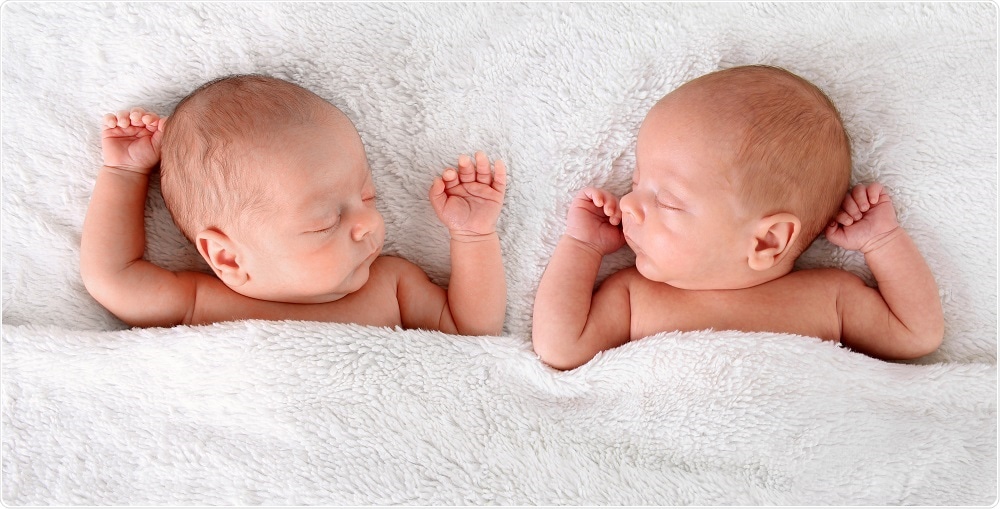A clone is a genetically identical copy of an organism. There are a number of technologies that have been used for cloning, including those used to clone genes, single cells and whole organisms.
 Image Credit: Hannamariah / Shutterstock
Image Credit: Hannamariah / Shutterstock
Gene cloning is the process of making copies of DNA segments or individual genes. Therapeutic cloning creates embryonic stem cells that are genetically identical to the donor to replace diseased or damaged tissues. Reproductive cloning creates copies of whole organisms or animals.
In reproductive cloning, researchers transfer the nuclear DNA of an adult cell, such as a skin cell, into an egg cell that has had its nucleus removed. This is called somatic cell nuclear transfer. There are two main methods for transferring the donor DNA into an egg. One is by injection with a needle. Another is by fusing the adult cell with the empty egg cell with an electrical current.
The egg is subsequently allowed to develop into an embryo and is implanted into the womb of an animal surrogate. The resulting offspring is a clone of the DNA donor.
Dolly the sheep
In 1996, researchers from the University of Edinburgh and PPL Therapeutics reported the first instance of live mammalian offspring resulting from SCNT. The sheep named Dolly was produced from an adult mammary gland cell.
In total, three sheep contributed material for Dolly. One sheep provided the egg, a second provided the mammary gland DNA, and a third served as a surrogate to carry Dolly to term. Dolly died at 6.5 years of age from lung cancer, a relatively common disease in sheep.
Researchers did not believe her early death was attributable to cloning, since the disease is common in sheep. A 2016 report on the long-term outcomes of cloning found that there was no evidence of detrimental effects.
Other animals cloned
PPL Therapeutics reported cloning pigs for the first time in 2000. The company reported that five female piglets were born as the result of SCNT cloning. The goal of the research was to create a platform for breeding pigs that could be used to harvest organ and tissue transplants for humans.
Another first was the cloning of a white-tailed deer by researchers at Texas A&M University in 2003. The goal of the project was to support efforts to conserve endangered deer species, such as the Florida Key West deer. The cloned deer was produced from fibroblast cells isolated from skin samples from a deceased white-tailed deer.
Other animals that have been cloned include horses, cattle, and the first primates reported in January 2018, two macaque monkeys cloned by researchers in China.
Pet cloning
The first commercially cloned pet was a cat, produced in 2004 by Genetic Savings and Clone. Another company, BioArts International, introduced dog cloning services in partnership with the Korean company Sooam Biotech. Viagen Pets currently offers cloning for dogs and cats using the same SCNT method pioneered by the University of Edinburgh.
The company advises pet owners on how to obtain a genetic sample from their pet before or shortly after death. Viagen offers cat cloning for $25,000 and dog cloning for $50,000.
Sources:
- NIH, Cloning
- Sheep cloned by nuclear transfer from a cultured cell line.
- Viable offspring derived from fetal and adult mammalian cells.
- Healthy ageing of cloned sheep.
- Pigs cloned for the first time.
- Viagen pets.
Further Reading
- All Cloning Content
- Cloning Human Cells
- Molecular Cloning
- Cloning Unicellular Organisms
Last Updated: Feb 26, 2019

Written by
Dr. Catherine Shaffer
Catherine Shaffer is a freelance science and health writer from Michigan. She has written for a wide variety of trade and consumer publications on life sciences topics, particularly in the area of drug discovery and development. She holds a Ph.D. in Biological Chemistry and began her career as a laboratory researcher before transitioning to science writing. She also writes and publishes fiction, and in her free time enjoys yoga, biking, and taking care of her pets.
Source: Read Full Article
